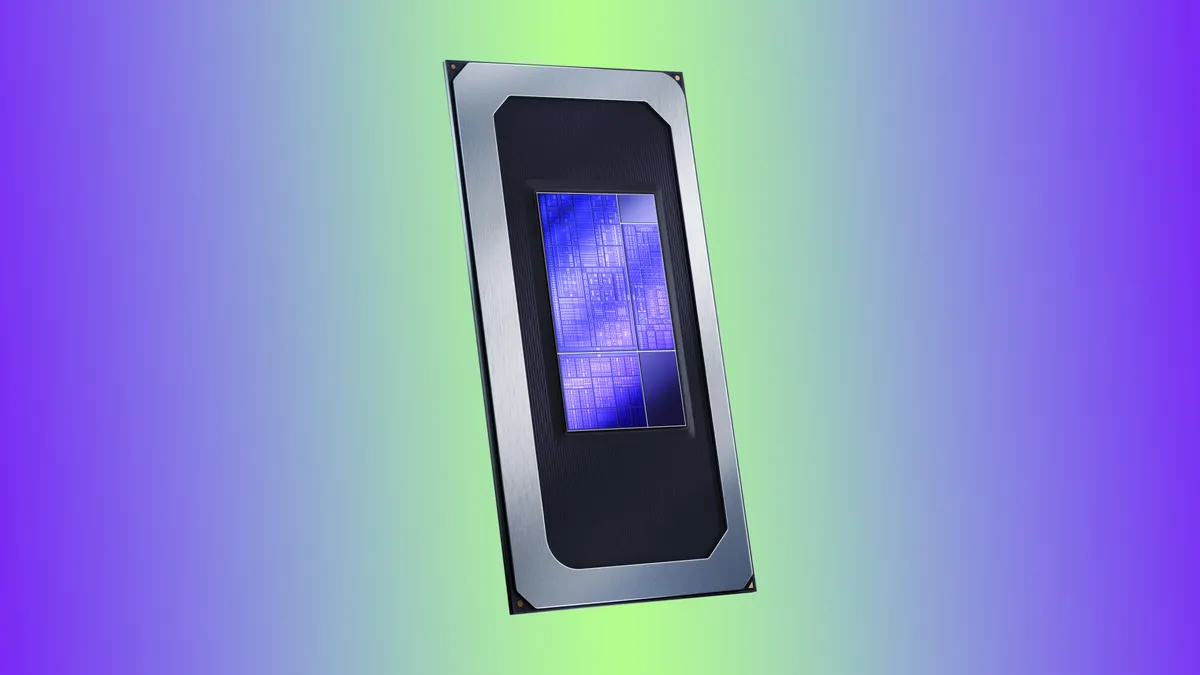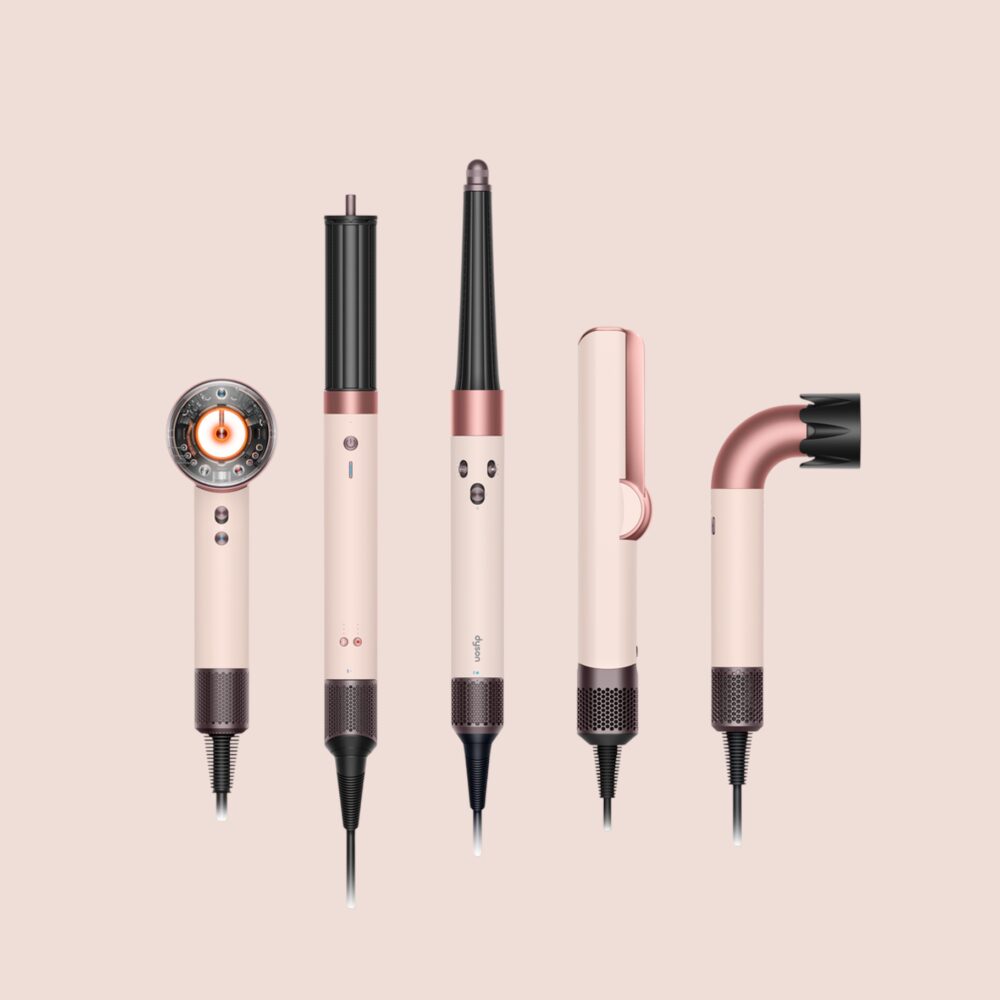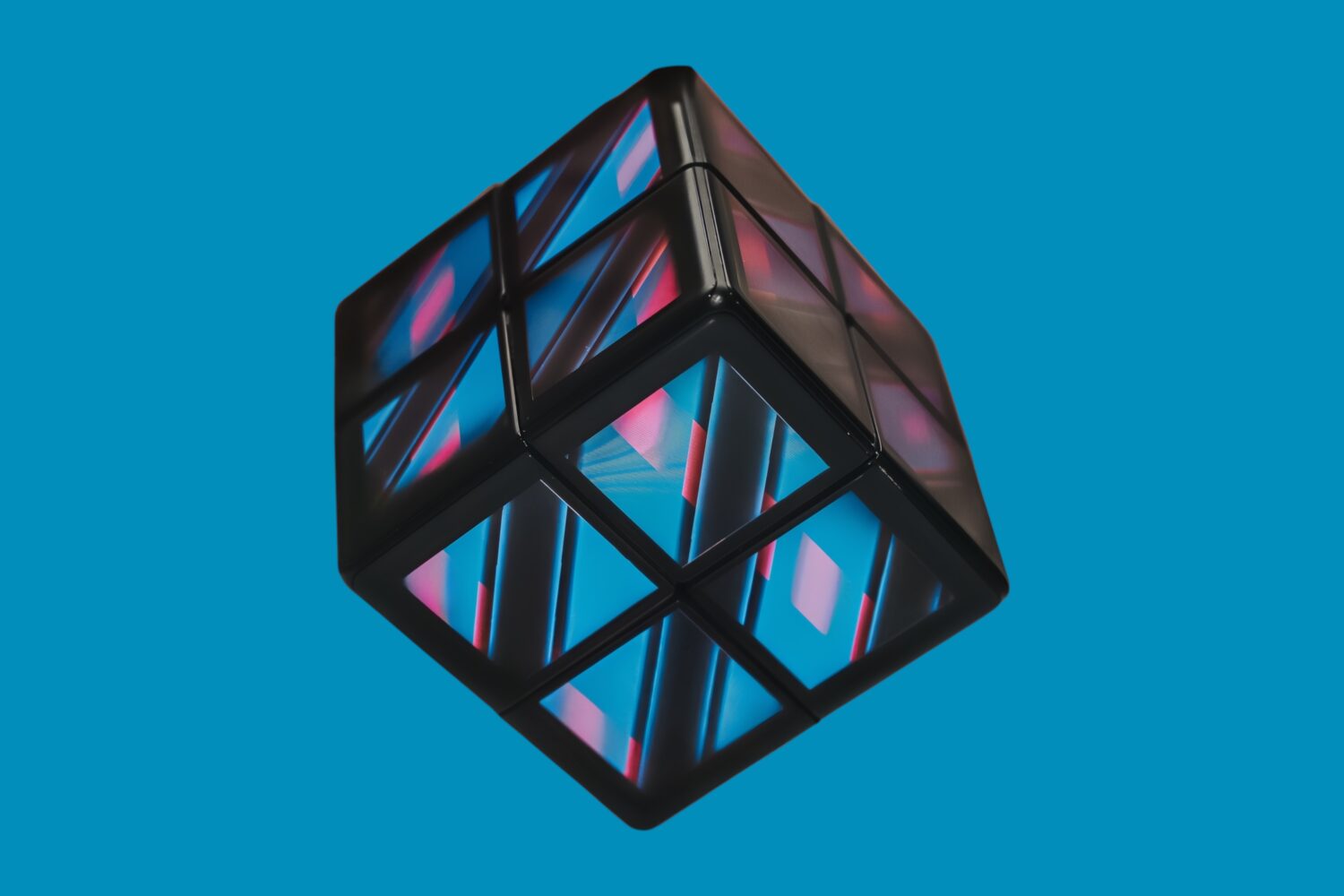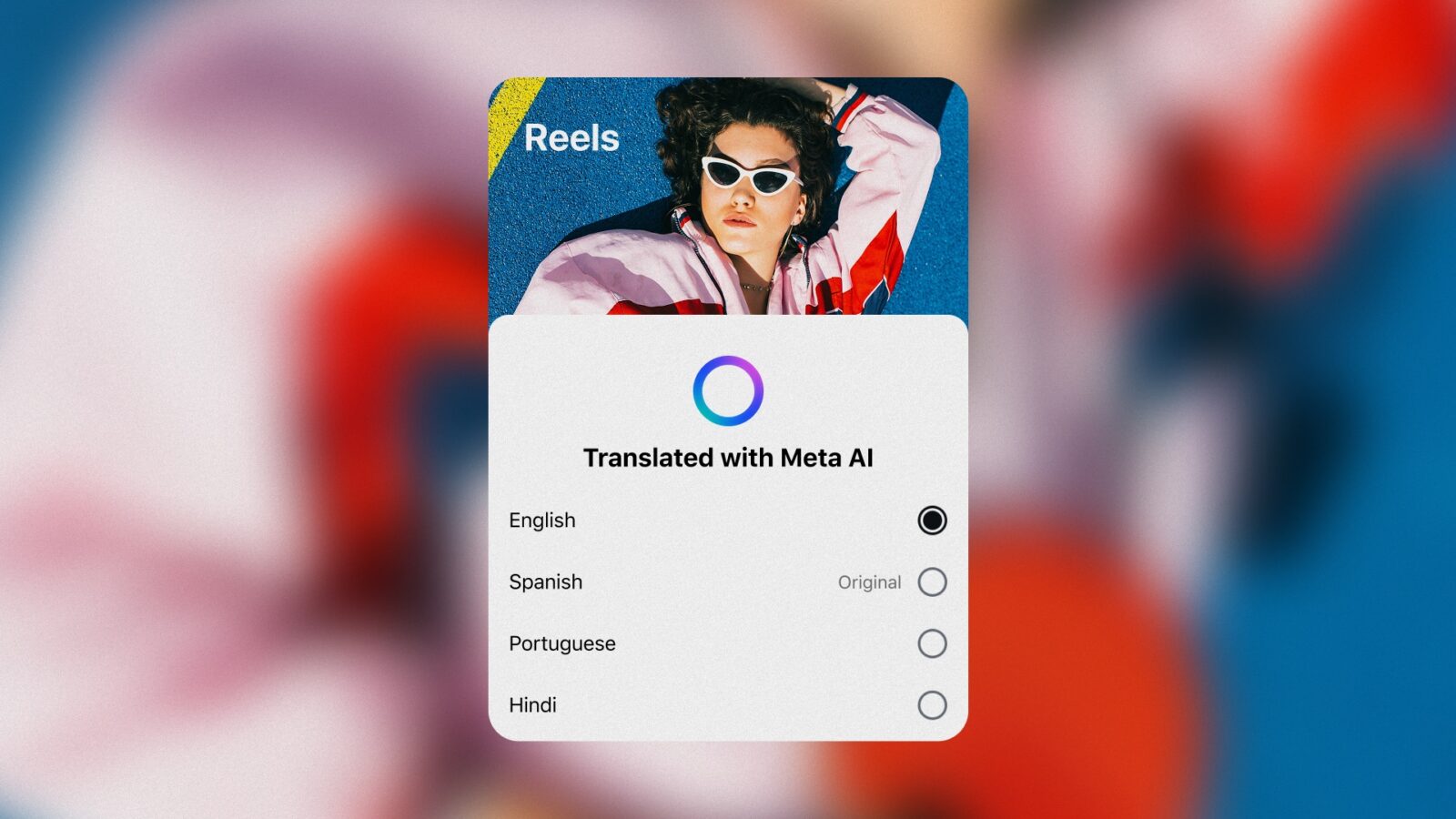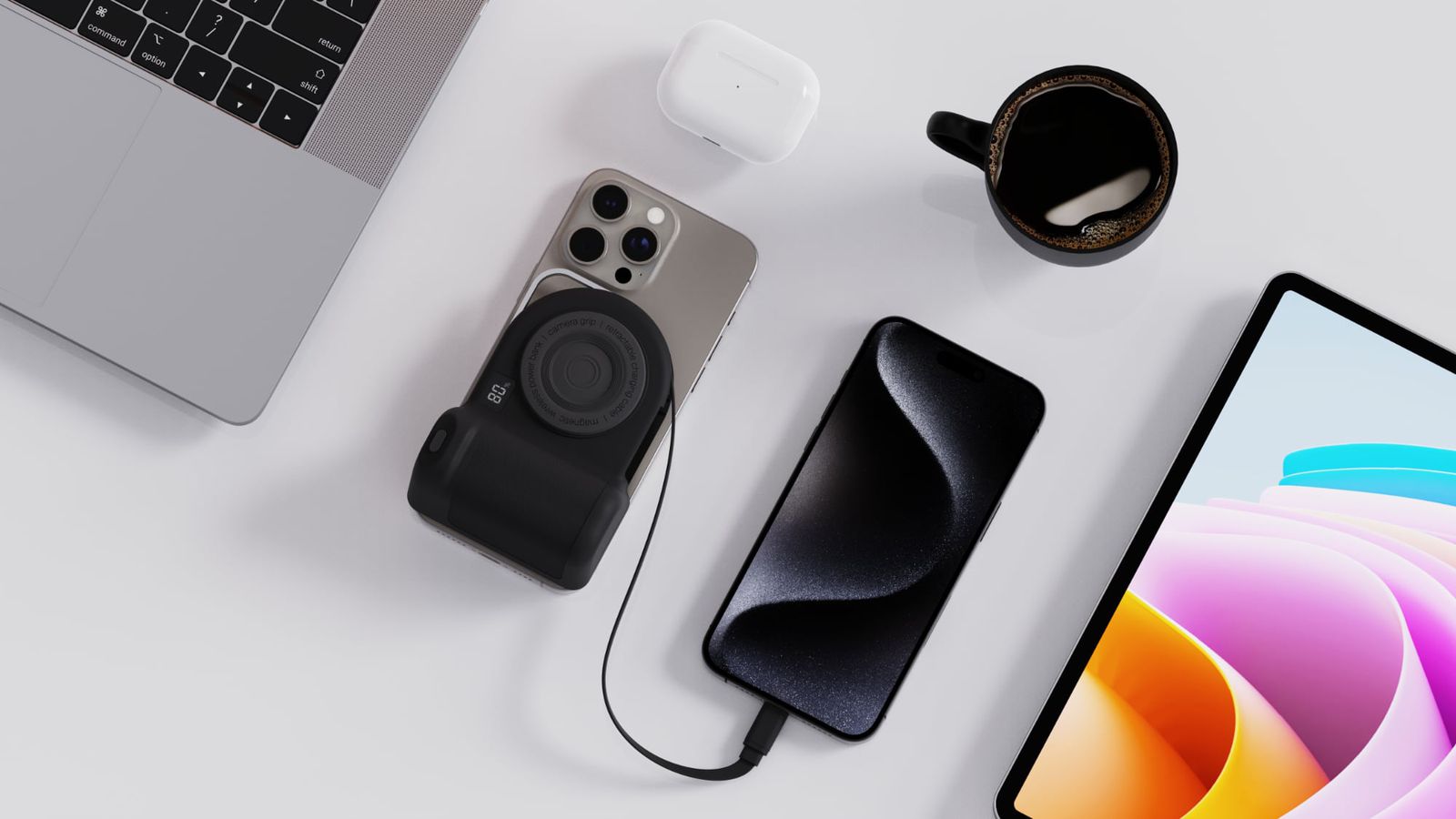Intel’s next generation of laptop processors, Panther Lake, is shaping up to be a major step forward for thin-and-light notebooks when it launches early next year—just in time for CES 2026. Designed for premium ultraportables, the chips promise faster graphics, improved AI performance, and better battery efficiency, all powered by Intel’s new 18A manufacturing process.
The Panther Lake lineup will debut Intel’s 2-nanometer (18A) node for consumer CPUs, introducing higher transistor density and improved power efficiency over current generations. The 18A process also brings in RibbonFET, Intel’s next-generation transistor design that sets the foundation for future chip architectures. The result should be stronger performance-per-watt, putting Intel’s new chips in closer competition with Apple’s 3nm M4 and Qualcomm’s Snapdragon X Elite.
Interestingly, Intel isn’t focusing AI improvements solely on its Neural Processing Unit (NPU). While the new NPU 5 offers a modest bump—from 48 trillion operations per second (TOPS) to 50 TOPS—it gains support for the FP8 data type, which improves efficiency for AI workloads. However, most of Panther Lake’s AI acceleration seems to come from the GPU side.
The chips introduce the Xe 3 graphics architecture, Intel’s third-generation Arc GPU design, which scales up to six optimized cores per render slice (up from four on Xe 2). This boost increases AI throughput from 67 TOPS on Lunar Lake’s Xe 2 GPUs to as much as 120 TOPS on Xe 3. Intel claims this architecture delivers significantly faster gaming and AI performance without increasing power consumption—addressing the balance between speed and endurance that has long been a pain point in mobile computing.
Another area of improvement is imaging. Panther Lake adds staggered HDR acceleration—a method for combining multiple exposures for better tonal range—as well as improved noise reduction. These enhancements should translate into noticeably sharper and clearer webcam performance, particularly in low light.
Panther Lake chips will come in several configurations, including 8- and 16-core variants, and GPU options ranging from 4 to 12 cores. They’ll also support faster memory speeds, Wi-Fi 7 (R2), and Bluetooth Core 6, providing future-ready connectivity across the lineup.
Overall, Panther Lake represents a critical launch for Intel as it faces heightened competition from Apple, AMD, and Qualcomm in the mobile processor market. By doubling down on efficiency, graphics, and integrated AI, Intel’s 18A platform could be the company’s most significant architectural leap in years.

